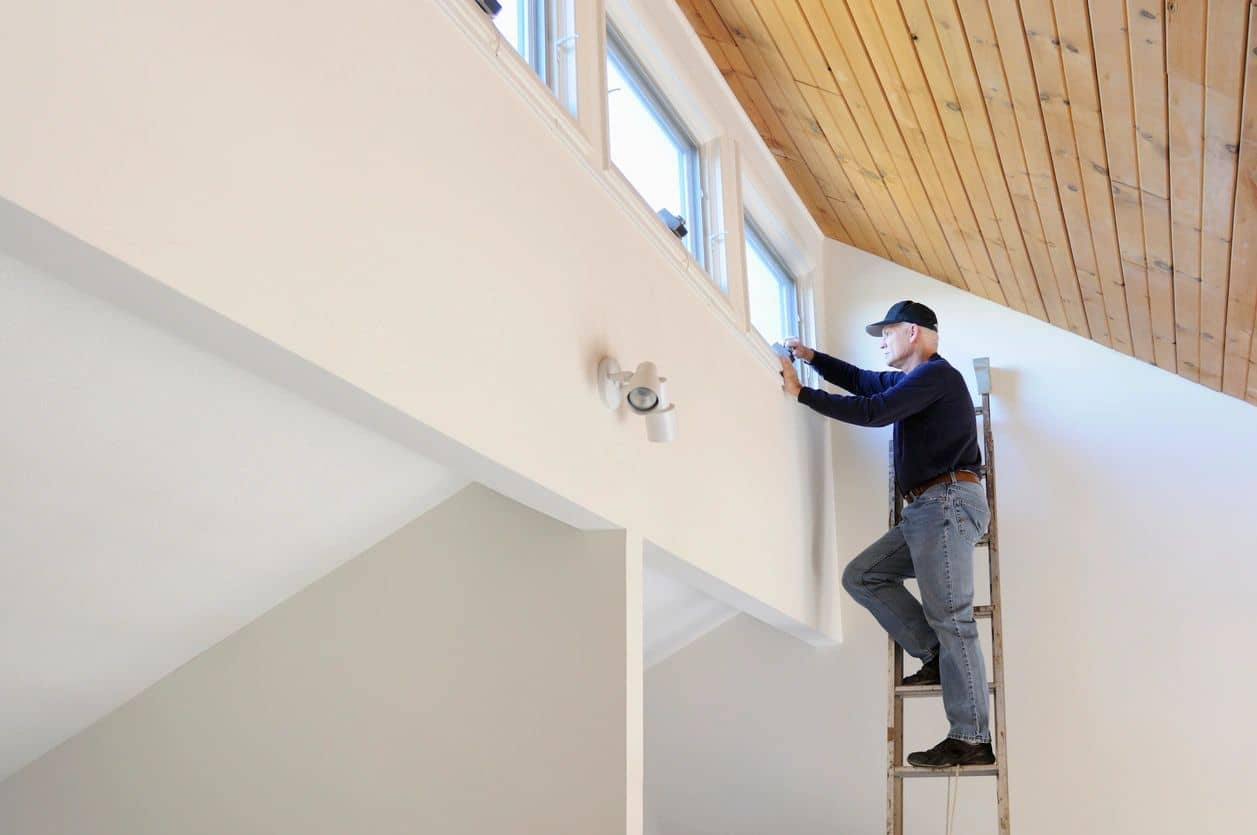Have you ever taken a good hard look at the state of your roof recently? Chances are, most people would check up on it only when leaks and considerable damage have already taken their toll.
In ideal conditions, roofs should be able to reach the end of their expected life spans without much damage. But as real-life goes, our roofs are constantly subjected to water damage, intense winds, and the risk of falling tree limbs. This kind of beating and 24/7 exposure to the harsh elements is enough reason why we need to inspect your roof every now and then.
What To Look Out For
Here are some of the things to look out for when inspecting your roof:
1. Damaged or missing shingles
2. Sagging roof deck
3. Signs of rot and mold, algae growth
4. Water leaks and trails
5. Visible holes
The decision on whether to repair or replace your roof is dependent on a number of factors. The first thing to consider is your budget. Can you afford to have your roof replaced? If your roof is less than two decades old, it is highly recommended to do repairs first, especially if the damage is not that significant. Minor repairs are often much cheaper and easier to manage.
You should also ask yourself, “How long do I plan on keeping this home?” The age of your current roof should be able to guide you on this. According to Elite Homes, roof shingles made out of asphalt can last anywhere from 15 to 30 years, while those made out of wood can last up to 30 – 50 years. Roofs made out of more durable materials metal, steel, tin, and aluminum can last at least fifty years.
Another important consideration is your future intent on selling your house. While replacing damaged or missing shingles with new ones is a relatively easy process, finding new shingles or tiles that perfectly match the old ones can be quite a challenge (unless you have some leftover shingles left from the previous roofing job). Mismatched shingles or tiles will look odd and can affect its appeal to future buyers.
Getting a New Roof
In some cases, replacing an old roof with a new one will be a more practical option, instead of settling for regular minor repairs. As an article on Bob Vila.com has pointed out, this decision is also dependent on the state of your current roof, the climate in your area, and the susceptibility of your house to hurricanes, typhoons, and other damaging events.
If ever you’ve decided on getting a new roof, you need to figure out if you need to tear off the old roof and install the new one in its place, or if you can just simply layer the new roof over the existing one. Laying a new roof over the old one is easier and cheaper, but some communities have rules in place regarding the number of roof layers that a house can have. For example, the International Residential Code limits only two roof applications for a house. It’s best to know these kinds of limitations first and requirements before starting on a re-roofing project.


